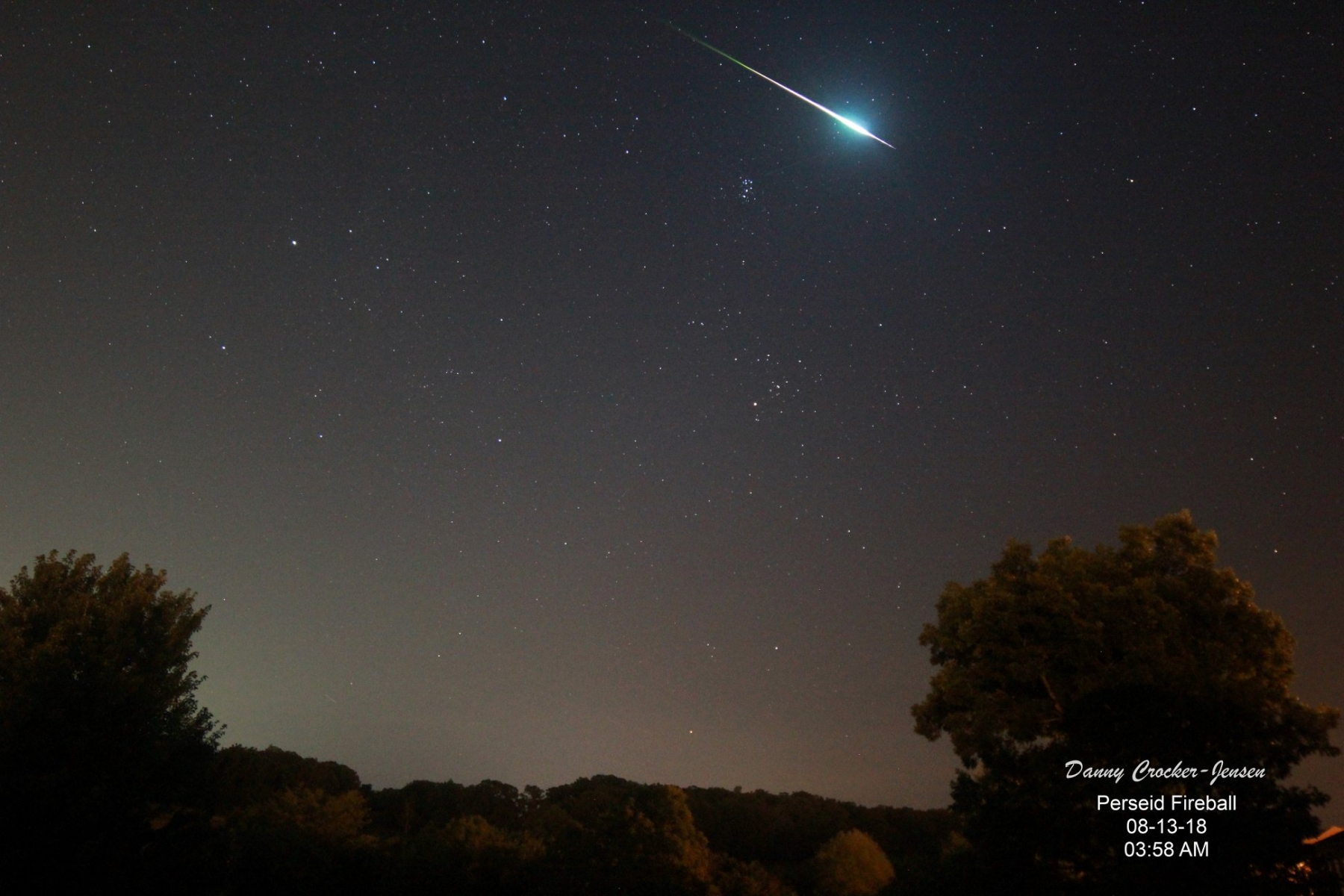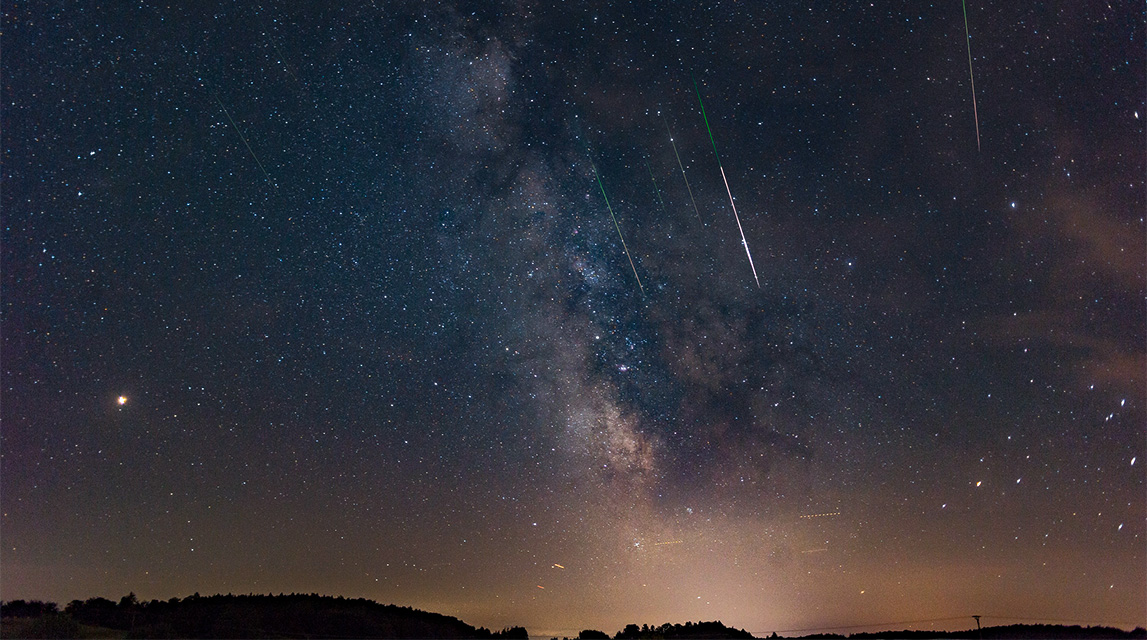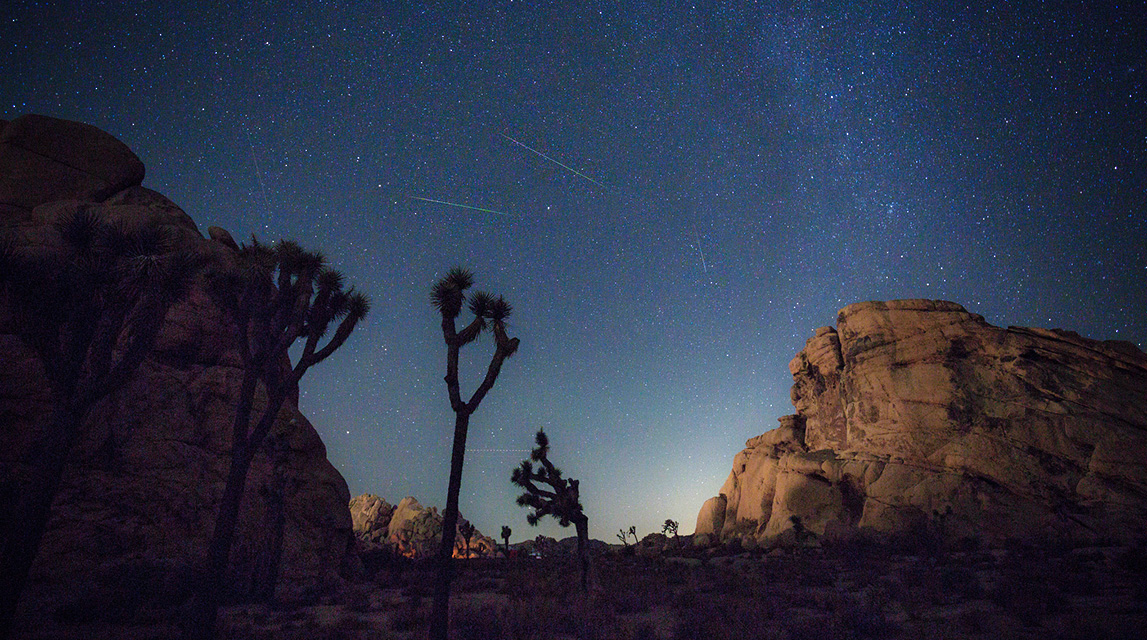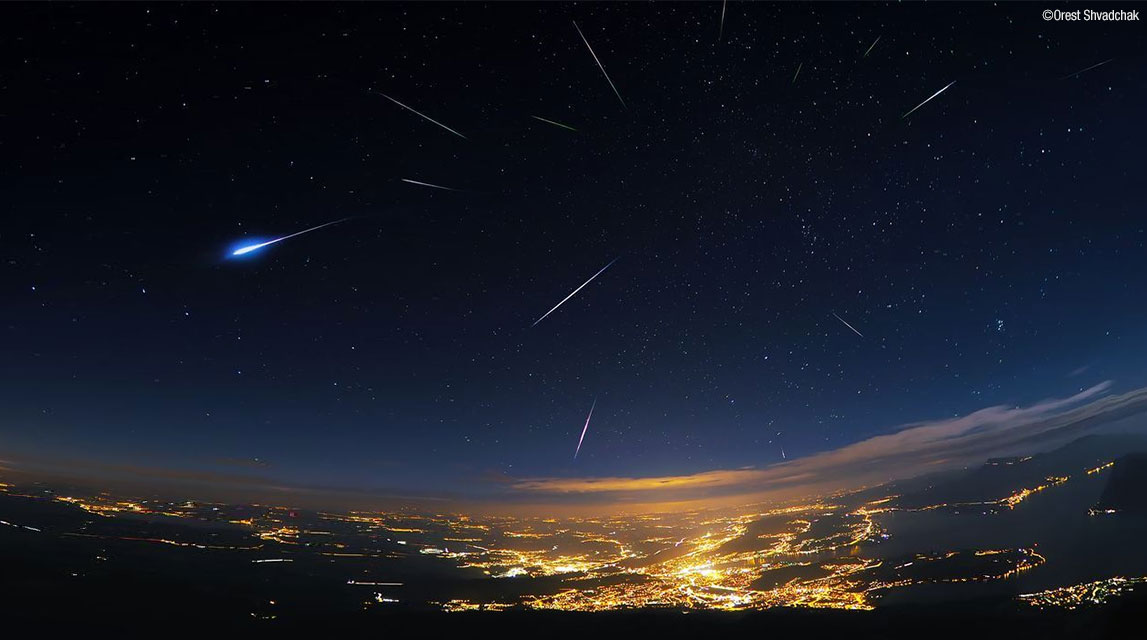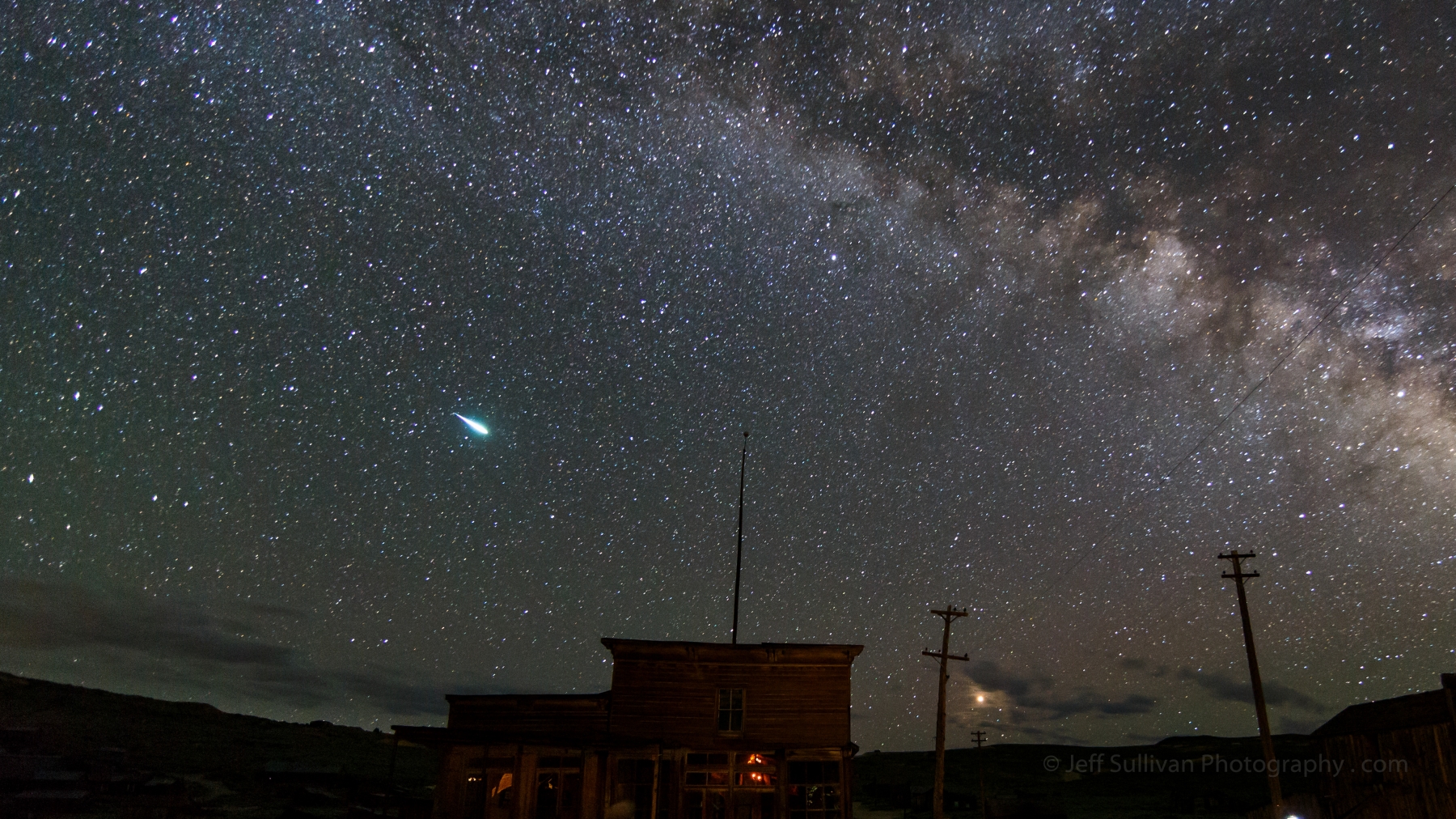
Meteor Activity Outlook for November 3-9, 2018
During this period the moon will reach its new phase on Wednesday November 7th. At this time the moon will be located near the sun and will be invisible at night. This weekend the waning crescent moon will rise during the early morning hours but will not cause any problems viewing meteors as long as you keep it out of your field of view.
 American Meteor Society
American Meteor Society






